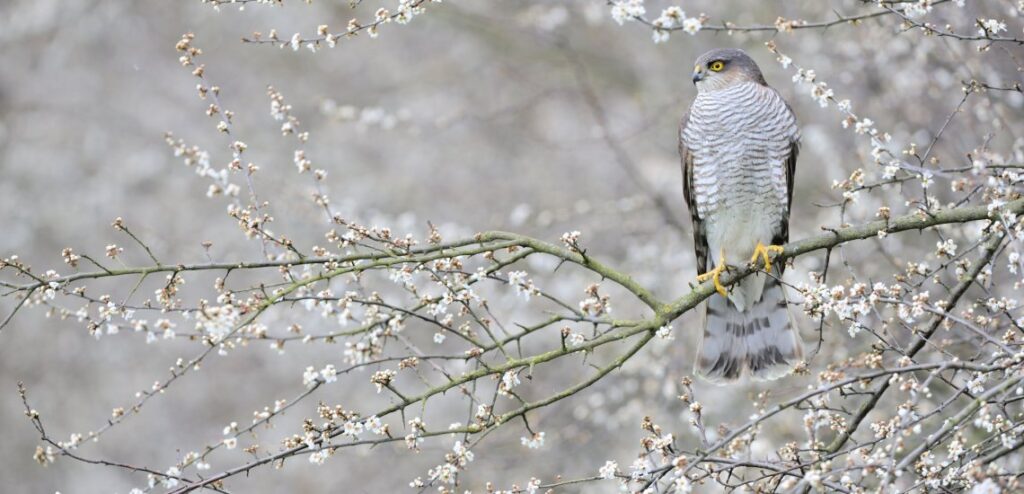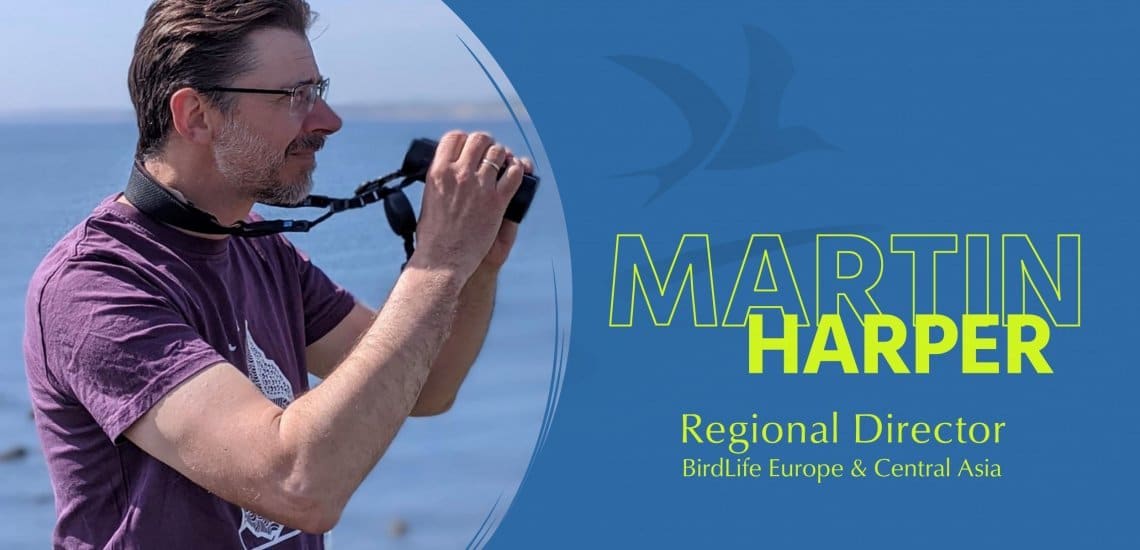Vision vs action: the 2030 challenge for a liveable planet

“Vision without action is merely a dream. Action without vision just passes the time. Vision with action can change the world.” Joel Arthur Barker, American futurist
By Martin Harper, Regional Director, BirdLife Europe & Central Asia
Soon after I joined the RSPB (BirdLife’s UK partner) in 2004, I was invited to a discussion about a 200-year vision for a nature reserve. Initially, this felt a bit mad because who on Earth could foresee what would happen in 50 years, let alone 200? And yet, after the discussion and having visited the site on many occasions, it made perfect sense.
The site was Abernethy, and comprised a mix of Caledonian pine forest, blanket bog and other wetlands – habitats which all take time to mature (thousands of years in the case of peatlands) and are variably affected by climate change. The challenge was to develop a management plan that included short-term actions to accomplish the long-term vision without any regrets. Abernethy is now a key component of the 60,000 hectare Cairngorms Connect, which is the largest nature restoration project in Britain. Read all about the new incredibly exciting 200-year vision with concrete milestones created by the partnership.
Across the nature conservation community, including the BirdLife Partnership, we are developing visions for how we want nature to be in the future, and we are working hard to take the right action to bring about change (see for example the Rewards of Nature Restoration series). This is complex not least because we don’t have crystal balls, and the activities of humans and the impacts that they may have on wildlife in the future are hard to predict. But we can and do develop scenarios to explore how land use might evolve, and that can help us make the right choices to reconcile the needs of both people and wildlife.
I was particularly struck by a paper published earlier this year in Science that concluded that protecting an extra 5% of land in Europe has the potential to double conservation gains for biodiversity while also maintaining essential ecosystem services, leading to co-benefits for both nature and people. The main message I took away from this paper is that if your vision is to deliver benefits for people and wildlife, then it should be possible to plan a series of actions to make this happen. But it requires thought, planning and, most importantly, following through with your action.
There is an emerging consensus, especially across Europe, to ensure 30% of land and sea are well protected and managed by 2030.That’s a decade away. It’s a much shorter deadline than 200 years in the future, but it remains something that the human mind is uniquely capable of creating: a vision.
This commitment towards the future has now appeared in the draft text of the new global biodiversity framework, and provided this vision is agreed upon, politicians will have to work out just how they are going to achieve such ambition. That is where the bridge from vision to action begins.
Agreeing on the vision is the easy bit. Developing a plan of action to realise that vision is much harder. Harder still is the actual action! In some cases, visions do not materialise. And that is why we need civil society organisations like BirdLife Partners to work with their governments to take action while also being prepared to hold them to account.. It was great for example to see the recent exposé from the RSPB that as little as 5% of the UK may currently be effectively protected for nature.
As we draw our visions of a liveable future, let us remember that although protecting and restoring habitats is the biggest conservation challenge we face, we do need to continue to pay attention to direct threats to species. The unsustainable recreational hunting of threatened species is a terrible problem. Yet, throughout the summer, BirdLife Partners the Mediterranean have been celebrating the French, Spanish, and Portuguese governments all announcing one-year moratoriums on hunting Europe’s fastest declining migratory bird – the European turtle dove – while the Israel government extended its ban (also for Common Quail) for another three years. None of these announcements would have been possible without the tireless action of LPO, SEO, SPEA, and SPNI.One final point is that it is a sad truth that not all governments welcome such constructive challenge, and it is deeply upsetting when the operating environment for some NGOs is massively restricted by politicians.
There are shocking examples of NGOs in our region being harassed by the police or tax authorities, facing intimidation, having their funding opportunities curtailed and, in the worse cases, facing violence and arrest. In some places, environmentalists have put their lives on the line. At the IUCN World Congress last week delegates stood for a minute’s silence, holding flowers, to remember the over 300 environmental defenders that lost their lives over the past year. Let us honour their memory in both our vision and our action.
The commitment of our Partners to keep going despite the obstacles put in front of them is extraordinary and an inspiration to all.
Let’s support each other, retain the vision for ending the climate and nature emergency and back it up with the right plan of action.
Remember, there are 117 months left of the UN Decade on Ecosystem Restoration.
This blog is part of a series I am writing. You can read my previous blog here. Do you have any thoughts on what I have written? It would be great to hear your views. Send me a tweet – my handle is @MartinBirdLife.
Image credit: Eurasian Sparrowhawk © Rollin Verlinde / Vilda
